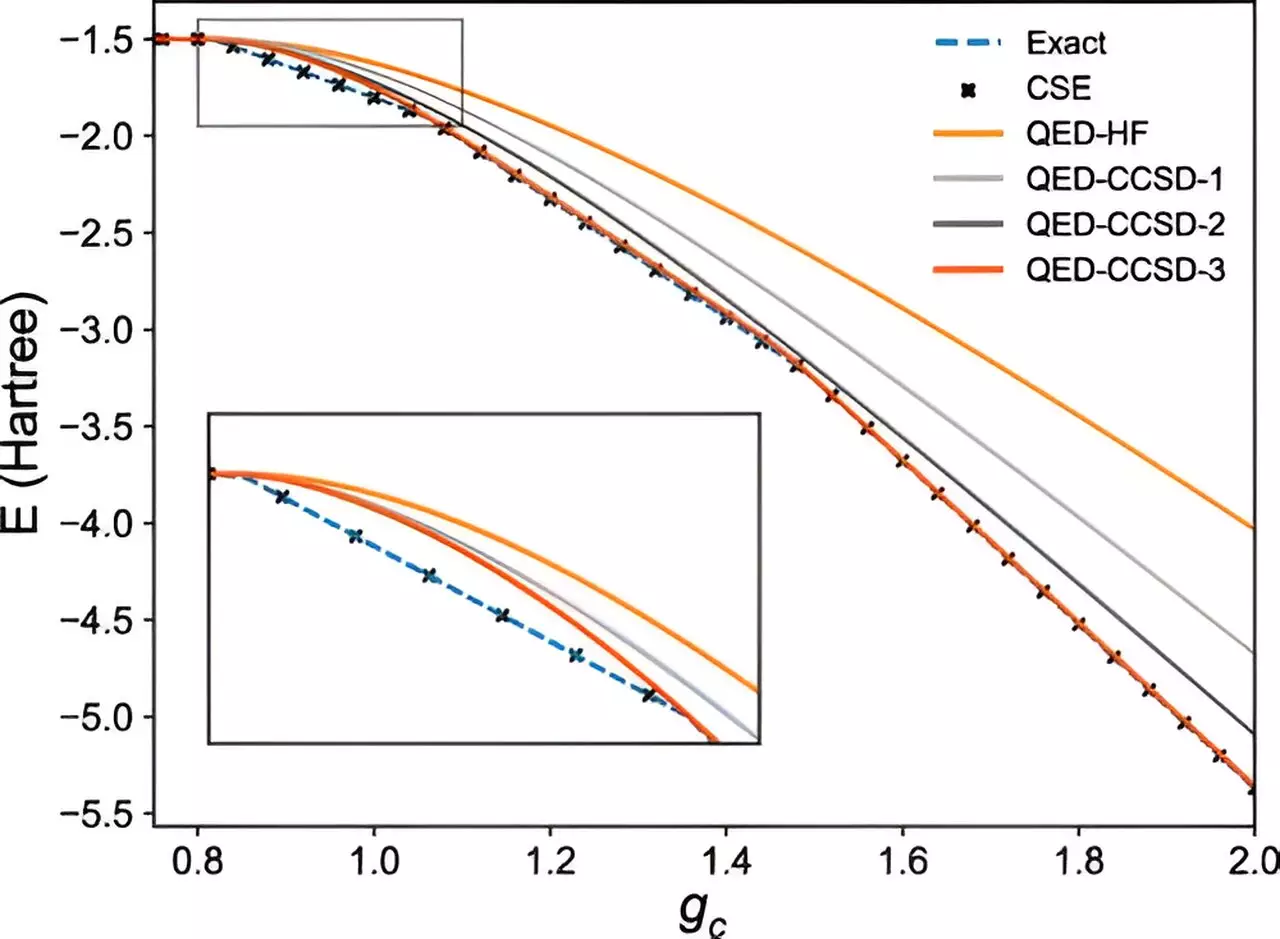The study conducted by the University of Trento in collaboration with the University of Chicago sheds light on a new approach to understanding the interactions between electrons and light. This research not only paves the way for the development of quantum technologies but also holds the potential for uncovering new states of matter. Published in Physical Review Letters, the study delves into the realm of quantum particles and their intricate relationship with light.
One of the key areas of interest in this field is polaritonic chemistry, where researchers aim to initiate chemical reactions using light as a catalyst. By controlling light-matter interactions, scientists can manipulate and synthesize new quantum matter, leading to exciting possibilities for technological and medical advancements. When molecules or compounds interact with light, their physical properties can undergo significant changes, making them valuable for various applications.
Understanding complex quantum systems that involve a multitude of elements such as electrons, photons, and phonons poses a significant challenge. Calculating the wave function of these systems, which is crucial for making accurate predictions about the behavior of quantum particles, is a daunting task. This is where the research team led by Carlos Leonardo Benavides-Riveros and David A. Mazziotti makes a significant contribution.
Universal Quantum Algorithm
The researchers proposed an “ansatz,” a theoretical framework, to predict interactions within many-body quantum systems using a quantum computer. They extended this framework to encompass systems with multiple types of quantum particles, including electrons, photons, and phonons. By simulating a universal quantum algorithm on an IBM quantum computer with zero theoretical error, the team demonstrated the efficacy of their approach.
The novelty of this study lies in the development of a unified approach that can generate precise prescriptions for many-body quantum systems with multiple types of particles. By implementing these prescriptions on quantum devices, exact wave functions can be obtained, leading to a deeper understanding of the states of matter. This breakthrough opens up new avenues for exploring the impact of light-matter interaction on various physical properties.
The researchers believe that their approach can revolutionize the field of quantum chemistry and materials science. By incorporating particles of light, or photons, into the quantum framework, they have expanded the possibilities for studying complex systems. This universal formulation offers insights into the structure of wave functions, empowering scientists to manipulate physical properties at the quantum level.
The study conducted by the University of Trento and the University of Chicago marks a significant advancement in understanding the interactions between electrons and light. By developing a versatile approach to analyzing many-body quantum systems, the researchers have laid the foundation for future advancements in quantum technologies and the discovery of new states of matter. This research not only enhances our understanding of light-matter interactions but also opens up new avenues for exploring the frontiers of quantum physics.


Leave a Reply